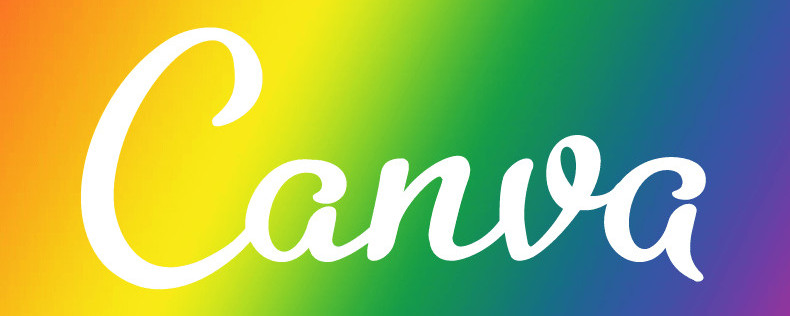ESL Classroom Management Techniques and Tips.
Have you ever been in a classroom with 60 students turning “feral” and wondering what the heck are you going to do? Well, these tips may help you. I have been teaching in Vietnam for 16 years and have taught kindergarten through to adults, and my favorite “ferals”‘ are teenagers.
We need to look at classroom management and what works for you. We all have different teaching styles and the same applies to our “classroom control” or “classroom management” techniques.
Effective Classroom Management.
Effective classroom management is the backbone of successful teaching, especially when it comes to English as a Second Language (ESL). Imagine trying to teach verb tenses or vocabulary to a room buzzing with students who come from different backgrounds and have varying levels of English proficiency. In large groups, the challenge intensifies. Without proper management, the classroom environment could quickly become chaotic, impeding both teaching and learning.
As the size of an ESL class grows, so do the demands on a teacher’s planning, organization, and patience. It’s no secret that a well-managed classroom can result in improved student behavior, a more favorable learning atmosphere, and better educational outcomes. But how do we achieve this with large groups? That’s what I aim to explore.
In this article, I’ll share strategies I’ve found effective in managing large ESL classrooms. These techniques help maintain order, ensure active participation, and foster an environment conducive to learning a new language. You’ll learn how to design lessons that engage every student, utilize the available space to the fullest, and establish ground rules that empower both you and your learners.
Creating an Engaging and Structured Learning Environment
Picture a classroom brimming with eager students, and it’s my task to transform this space into a hotbed of learning and interaction. With a sizable group, it’s paramount to craft lessons that both include and challenge every student.
When I map out a lesson plan for a large class, I ensure the activities are scalable. This means choosing tasks that are easily adjustable to different group sizes and can be managed without excessive prep time. It keeps the workflow smooth and students engaged.
Effective use of classroom space is non-negotiable. I often rearrange desks to facilitate group work or discussions, ensuring each student can see and hear clearly. This might look like a horseshoe arrangement for open discussions or clusters for team projects.
Rules and procedures might sound dull, but they’re the backbone of an orderly classroom. I set these standards on day one and revisit them frequently. By establishing what’s expected, students are less likely to veer off-course, and our class stays on track.
Lastly, visuals and tech aren’t just bells and whistles, they are essential tools that hold attention spans and simplify complex concepts. I integrate multimedia presentations, interactive quizzes, and language apps to keep the energy levels up and the learning relevant.
Preparing the right environment is only part of the puzzle. The next step is addressing the distinct needs of each student. In the ensuing section, I’ll explore how to provide personalized attention, even in a sea of faces.
Strategies for Personalized Attention in Large Classes
I know that meeting students’ individual needs in a large ESL classroom can be daunting. Yet, it’s essential for their language development and overall success. Personalized attention isn’t just a luxury; it’s a necessity even in a crowded room. Here’s how to make this happen even with limited time and resources.
Differentiated instruction might sound like educational jargon, but it’s quite straightforward. Break down your lesson into skill levels and deliver it accordingly. It can be as simple as providing advanced worksheets for quick learners or offering extra guidance for those who struggle.
Peer teaching is a powerful tool. Pair up or group students so they can teach each other. It’s effective – students often explain things in ways their peers understand better than when I do it. And it frees you up to circulate and offer targeted help.
To keep tabs on each student’s progress, develop a consistent system of monitoring. It could be a quick daily check-in or more formal weekly assessments. Remember, what gets measured gets managed.
Feedback is the breakfast of champions, and this is particularly true in education. In a large class, you might worry about having time to offer individual feedback. Fear not. Use stickers, stamps, or short written notes to provide encouragement or suggestions for improvement.
Remember: differentiation, peer teaching, effective monitoring, and timely feedback are your allies. With these strategies, personalized attention becomes a manageable task even in a large ESL classroom.
Maintaining Discipline and Motivation Among ESL Learners
Effective classroom management extends beyond organizing activities and establishing routines; it’s crucial to sustain discipline and encourage ongoing motivation in any large ESL classroom.
Strong discipline and high motivation go hand in hand. When students are motivated, they are more likely to engage positively and less inclined to disruptive behavior. Here’s how I tackle this dual challenge:
Setting clear expectations is my starting point. It lets students know what behaviors are acceptable and helps prevent issues before they arise. When expectations are consistent and transparent, students feel secure and are more likely to contribute in a positive way.
Praise and rewards can be powerful tools. I find that recognizing student achievements, even small ones, can significantly boost morale and motivate others to strive for improvement. Developing a reward system that acknowledges both individual and group accomplishments creates a culture of success.
Dealing with disruptive behavior swiftly and fairly is key. I address problems directly, but with an emphasis on understanding and correcting behavior rather than punishment. This approach respects the student’s dignity and promotes a positive learning environment.
Upfront and Personal.

Make sure the students respect the classroom rules. These rules should be worked out between the students and teacher in the first week or two of the new class. it does not need to be written in blood and these “rules” should be implemented by both the students and teacher. Giving the students “ownership” of the rules makes them accountable for their actions.
Psychology in The Classroom and CRM ( Classroom Management).
If you wish to learn more about Psychology in the classroom and CRM, this will link you to more information.
And “Bings” Co-Pilot also provides a lot of resources you can tap int, depending on how deep and involved you wish to go.
“Psychology of classroom control involving students.”
Finally.
Keeping students genuinely interested in lessons can alleviate many disciplinary challenges. I make it my mission to present material in a dynamic way that sparks curiosity and elicits active participation. From interactive activities to relatable content, fostering a love for learning is that essential ingredient that keeps disruption at bay and motivation high.

Please support me on Ko-Fi so I can continue to bring you FREE resources like this.
Any or all links on this site may be affiliate links, and if you purchase something through those links I will make a small commission on them.
There will be no extra cost to you and at times due to my affiliation, you could actually save money.
You can read our full affiliate disclosure here.



































